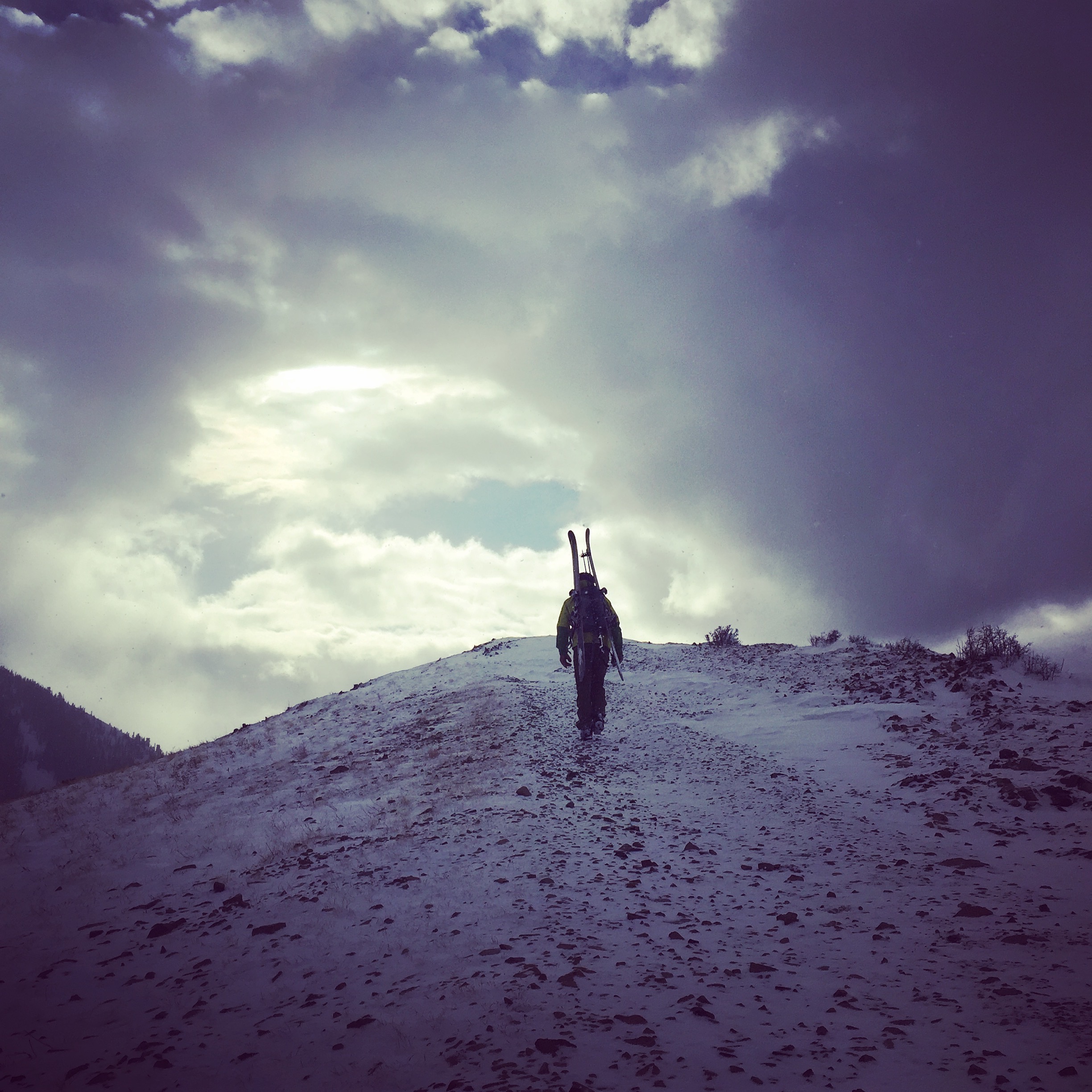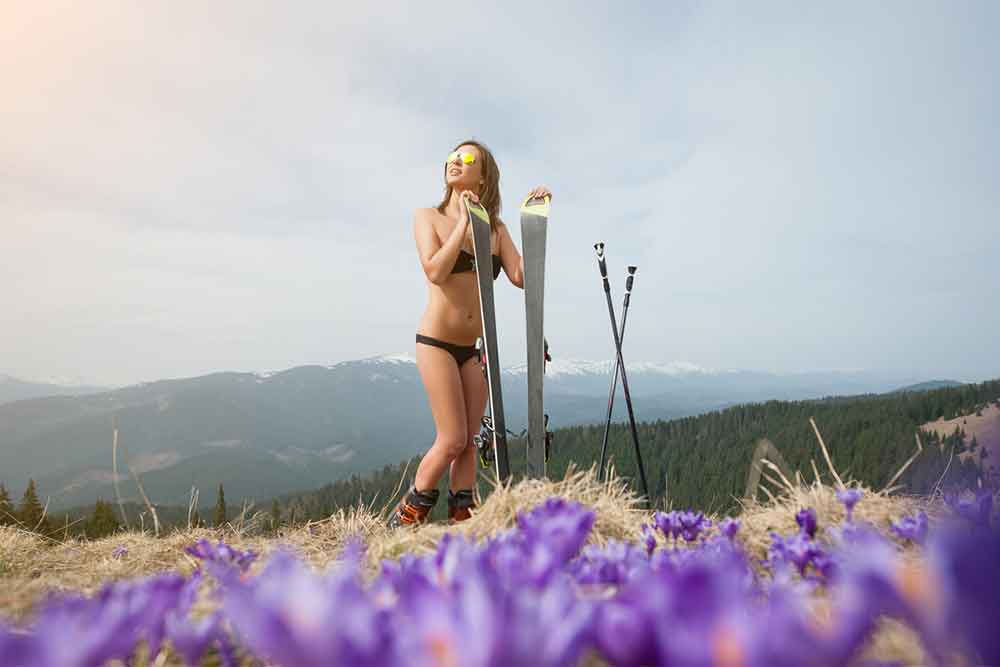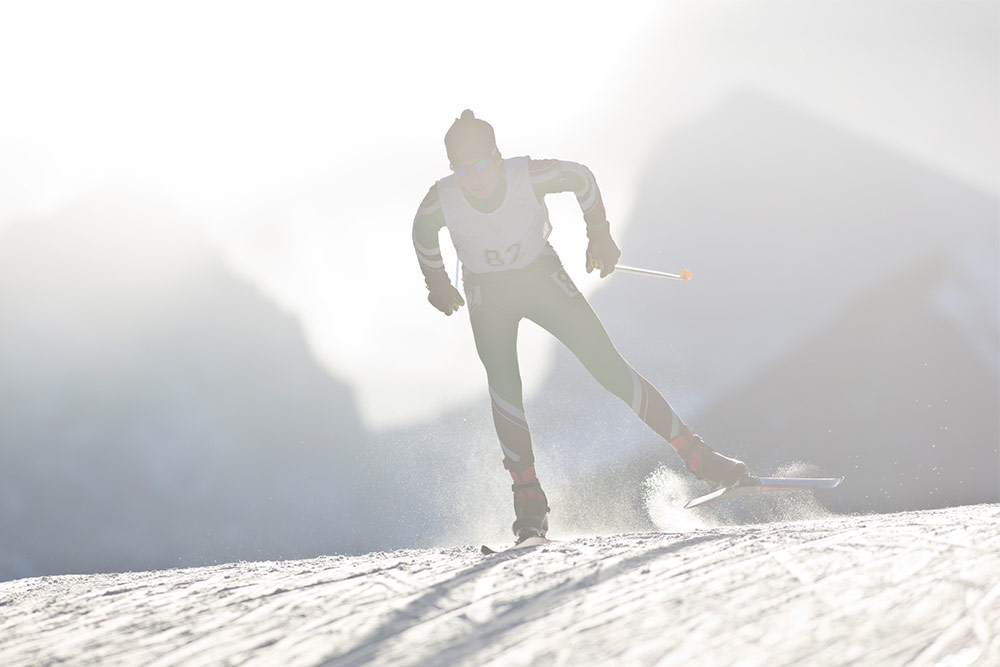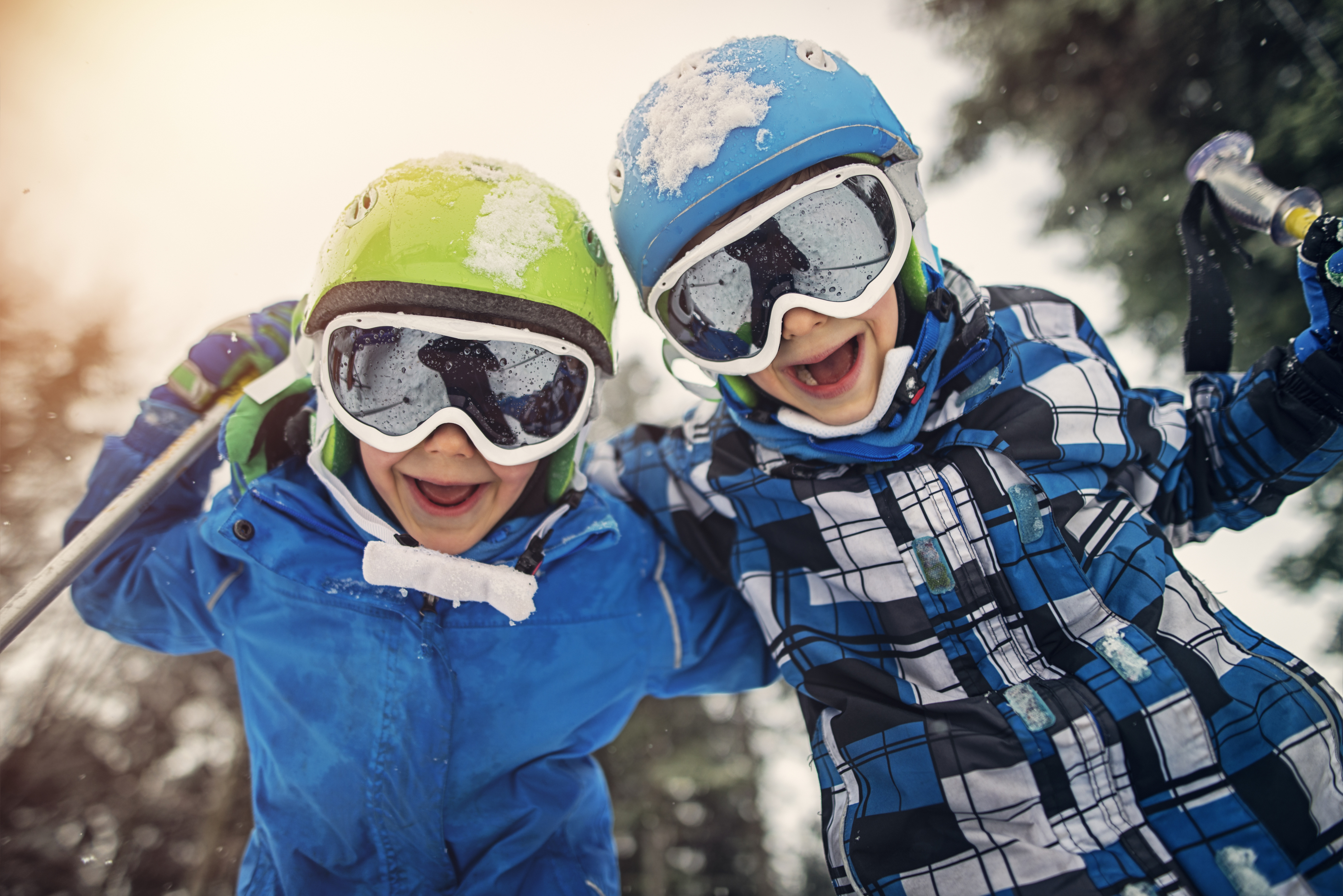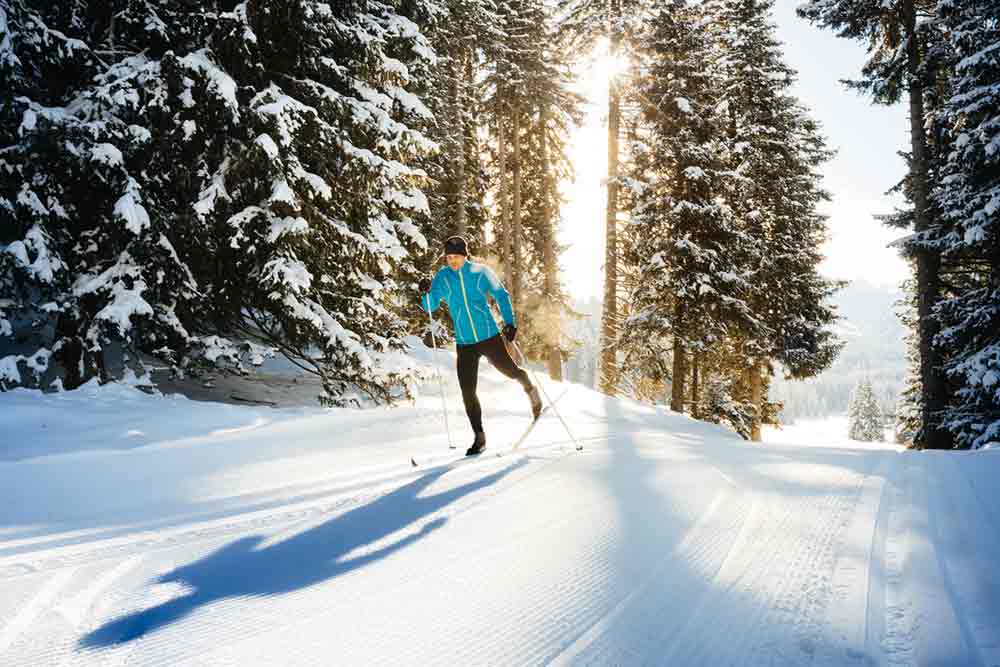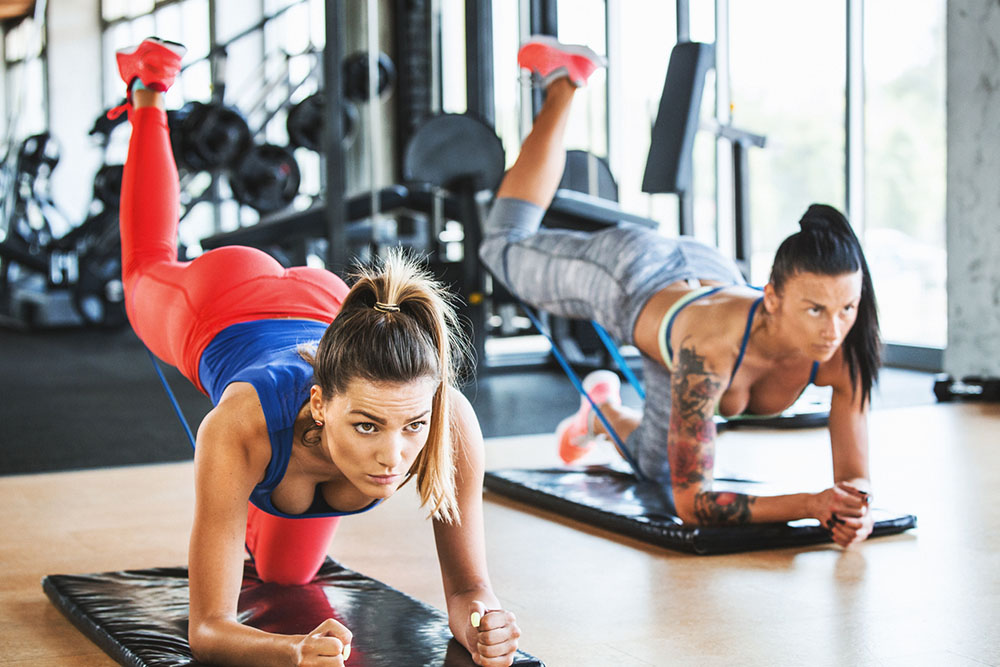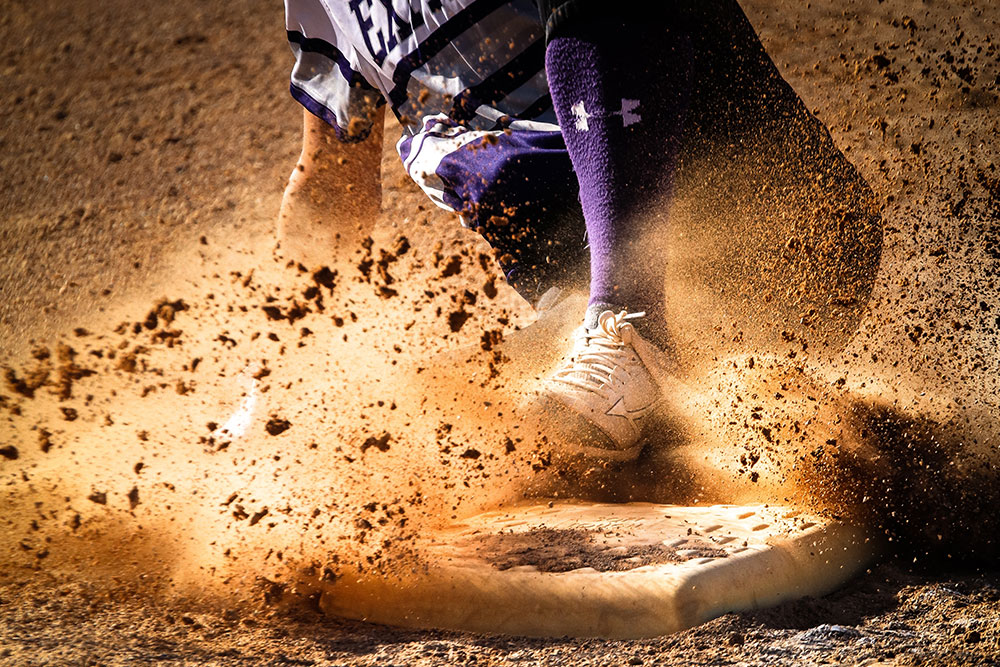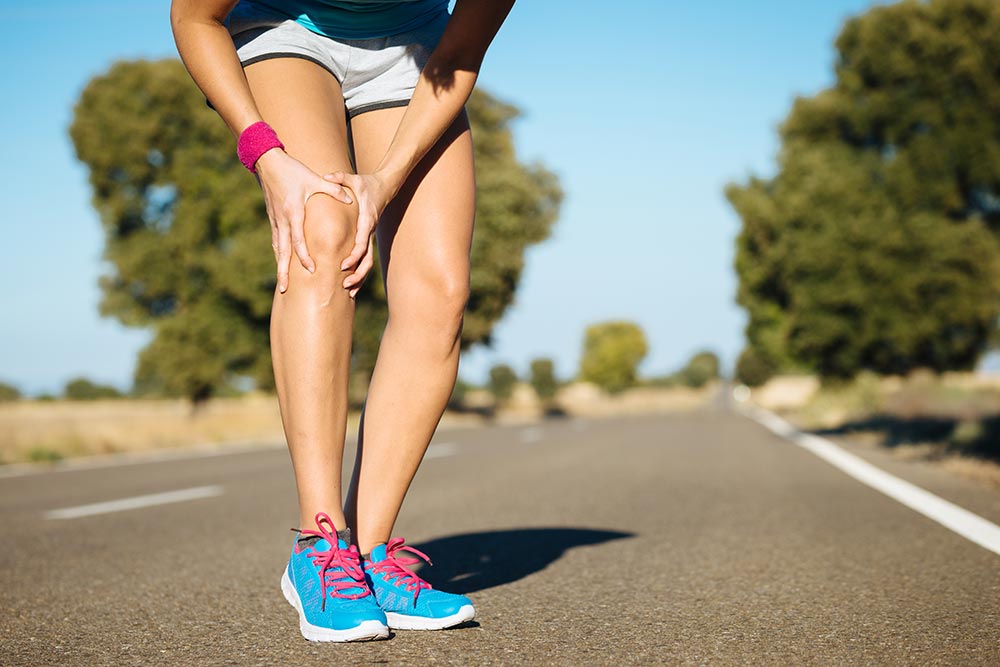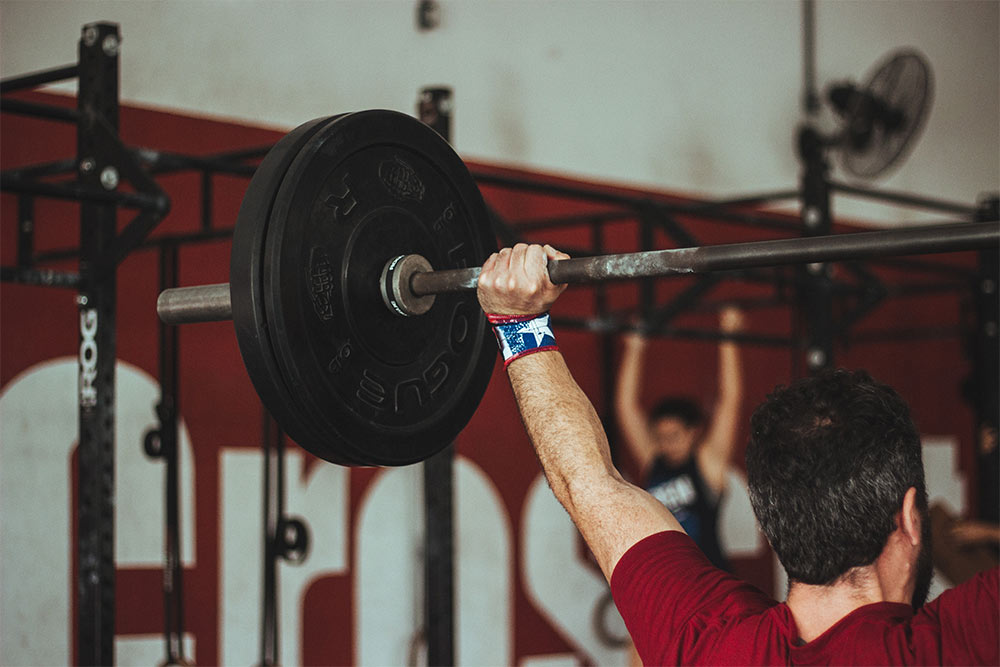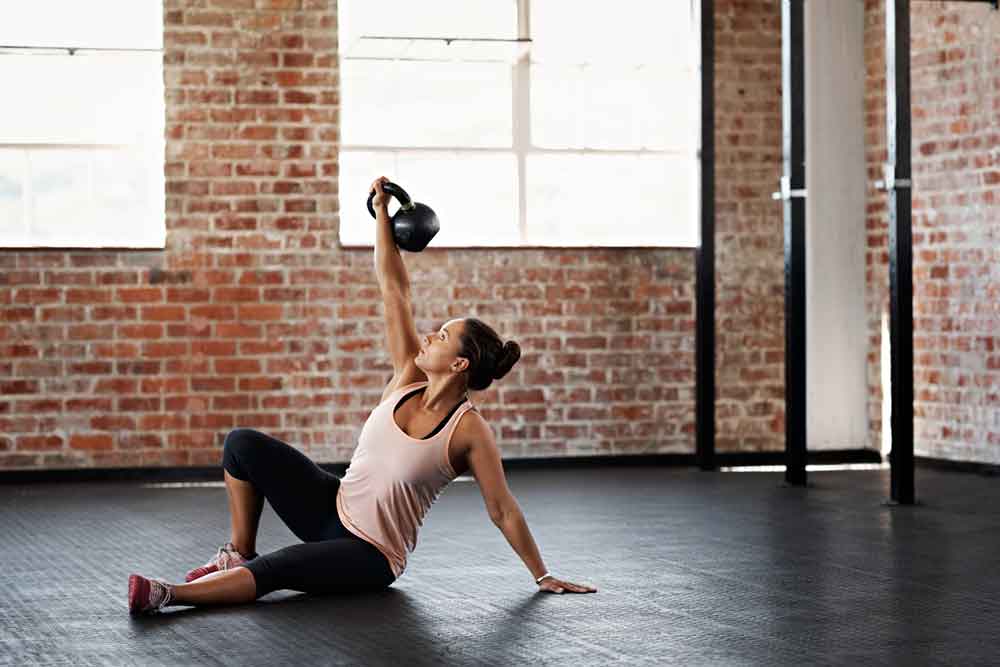Ski Training Magic Part 2: Hurry Up and Weight!
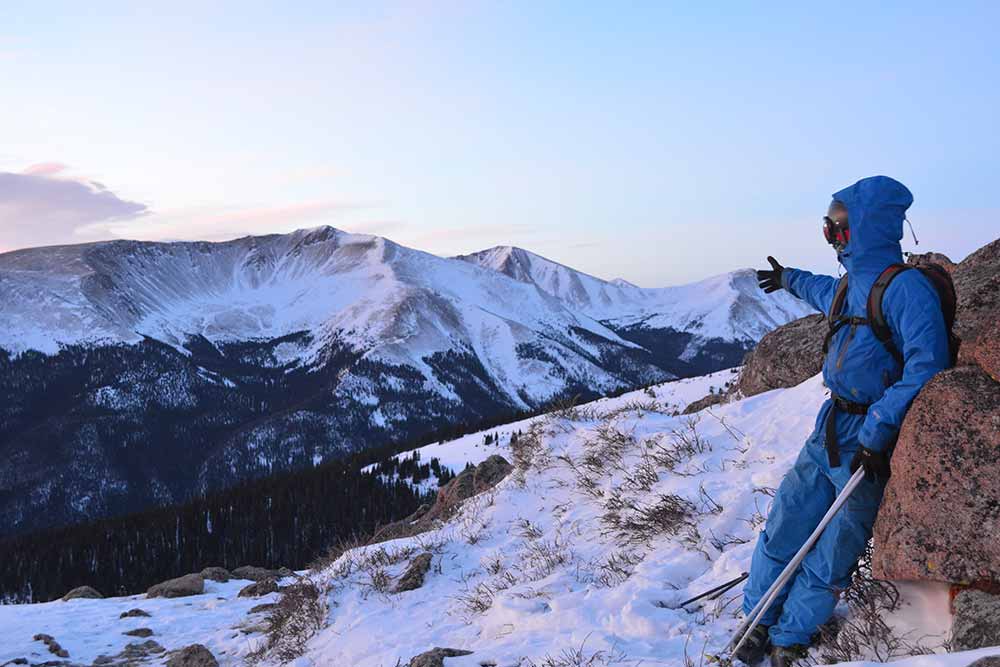
Hank Shell
Another week, another round of snowfall in Colorado’s San Juans.
My friend and I awoke to find our hunting camp blanketed in two inches of the white stuff this past weekend, and as we crept along the high alpine slopes of Lone Cone in search of elk, my eyes were just as keen to spot skiable lines on the mountain’s flanks as they were the umber hides of our furry quarry.
Hunting in the mountains is hard work, but I felt pretty strong thanks to all that leg blastin’ I’ve been doing. And yes, I can already see some of you scratching your heads.
“Leg blastin’?,” you repeat to yourself, brow furrowed in sincere childlike confusion. “What is this new strange and terrifying term? Is it a millenial thing?”
Related Article: Ski Training Magic Part 1: Leg Blasters
Leg Blasters – Hurts So Damn Good
I can see the rest of you, too. The cognoscenti, united in the dull lamplight of your pain. The words ring shrill and metallic in your mind’s ear, at once hollow yet swollen with the memory of your suffering. The taste of hot sweat piques your tongue; your sore quads twitch in nervous anticipation. It comes to you like the painful memory of a hapless love, once assumed lost beneath time’s cumulative tailings, now lurching starkly to the forefront of your awareness on cue of some innocuous trigger. Ugh. Made myself gag there. There’s a reason I don’t write novels, y’all. You guessed it – they wouldn’t sell. Anyway, you of whom I’ve most recently written, you are the ones who read my last article and because of your judiciousness (or in spite of it?), decided to give the old leg blasters a go.
They hurt, don’t they? They hurt so damn good.
For all you head-scratchin’ mouth breathers out there, do yourself a favor. Go back and read the article. Buy a one-way ticket on the leg blaster train. When you’re staring down the gaping maw of a double-black, super extreme, experts-only, 55-degree pitch couloir on Palmyra Peak this winter, local rad dads eyeing you suspiciously as they mentally note the nearest ski patrol outpost where they can report your untimely death, you’ll be glad you did.
Related Article: Get In Shape For Backcountry Ski Touring
Ability and Fitness
Now, I’m not saying a little pre-season training will make you a better skier. But a lot of it probably will. Do you like math? I don’t. You see, skiing is about 100 percent ability and 50 to 75 percent fitness. If your jump turns suck, getting down that couloir could get a bit hairy. But, if you run out of gas three turns in, things will get a lot worse. Like, up-a-creek-without-a-paddle-and-subject-to-an-embarassing-rescue-scenario worse.
Now, in Robert Johnson, Carl Ettlinger and Jasper Shealy’s peer-reviewed article, “Myths Concerning Alpine Skiing Injuries,” published in Sports Health in 2009, the researchers assessed the following ski-related myth: Exercise is the best way to avoid skiing-related injuries. What did they find? In their words, “In spite of all the advice, there is no convincing evidence that conditioning of any type can reduce the risk of alpine skiing injuries.” For the record, at the time of publication, Johnson was an orthopedic surgeon and professor at the University of Vermont College of Medicine, Ettlinger was a researcher at Vermont Safety Research, a subsidiary of a private corporation that he owns, and Shealy, Ph.D, was a researcher at the Rochester Institute of Technology.
Fatigue and Injury Occurrence
Now, before you close this window and go back to playing minesweeper, they conceded that the data were conflicting concerning the effect of fatigue on injury occurrence.
Finally, and this is the important part, they declared in their professional and illustrious opinions that, “well-prepared skiers will probably get in more runs with less fatigue and will probably be better prepared for the rare emergency requiring strength or endurance.”
Ah-hah! Excelsior! There you have it. You’ll probably get in more runs, with less fatigue of course, and whatever else they said. So, the last hypothetical I thought about adding to that series, you know, the death-zone couloir one, was all about your MCL and ACL and other knee ligaments sheering from their bony moors on that third jump turn because your flimsy little bird legs didn’t have enough muscle mass to properly support them and yadda yadda yadda. That one may have been ill advised, so I won’t include it. Begrudgingly, of course. But the stuff from the last article about you actually skiing bell to bell and milking every penny out of that ungodly investment we call a ski vacation? Well, the science backs me up on that.
And, anecdotally, skiing is a lot more fun when your thighs aren’t burning with the fury of hellfire and your legs quaking with the fatigue of a legion of marathoners and the tears, my God, the tears! I’ll tell you that for free.
So, in summation, do leg blasters. And also, do this!
Related Article: A Weekend In Colorado’s San Juan Backcountry
Weight Training: Front Squats
“If ifs and buts were candies and nuts, then every day would be Christmas.” And if training only with body weight an expert skier made, we’d all ski like Candide Thovex. Hmm. That’s probably not true, but the point is weights help us adapt to a level of stress above and beyond what we experience from activities like jumping or dry squatting.
They help us reach that higher level of fitness. Sing it like Steve Winwood. Bring me a higher level of fitness. Yes, my children. Yes.
So, when I ski, it’s my damn quads that give out first. The burn is real, y’all. So, naturally we want to target them in training.
The Front Squat
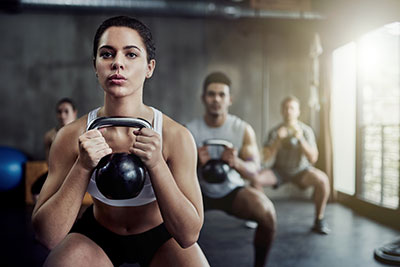 The front squat is a SUPERB way to do this. The ‘front’ in front squat is all about keeping the weight close to your chest, whereas a traditional squat would have the weight centered over the tops of your shoulders, more or less. With the weight forward, you get a little more quad and a little less hamstring. Good stuff.
The front squat is a SUPERB way to do this. The ‘front’ in front squat is all about keeping the weight close to your chest, whereas a traditional squat would have the weight centered over the tops of your shoulders, more or less. With the weight forward, you get a little more quad and a little less hamstring. Good stuff.
If you have access to a squat rack and barbell, you’ll perform the exercise like so:
Assuming that you’ve never done this before, start with just a little bit of weight, maybe 10 to 30 pounds. Once you get the form down, you can add more weight.
Stepping up to your freshly weighted barbell, racked about chest height, cross your arms to your chest like a mummy. Press the front of your shoulders to the barbell, and lift your arms, still crossed, to a horizontal plane beneath the barbell. At this point, you’ll look kind of like an Eastern European sailor of yore preparing to do his little squat kick dance. You know the one I’m talking about, right? Anyway, the bar will rest on your upturned deltoids, and your hands will grip the bar, holding it firmly in place.
Lift the bar with your legs, step back from the rack, and adopt a shoulder-width stance with your toes slightly flared. Keeping your lower back straight (this is important!), slowly squat until your legs form a 90-degree angle, more or less. If you’re worried about your knees, you don’t have to go all the way to 90. Now, lift the bar again by pressing upward from the middle of your foot. Keep your core engaged and your lower back straight. And bam, that’s the front squat.
Try three to five sets of eight to ten repetitions. I’ve read a lot of conflicting information over the years about the number of sets and reps and how they correlate to strength versus endurance, so three to five and eight to ten is what Bob Ross would call a happy little middle ground.
If a knee feels unstable or hurts, don’t push it. Talk to a real doctor and/or practice the exercise without weight, assuming you can do so pain free.
If you don’t have a squat rack at home but have access to some dumbbells or kettle bells, you can perform a rough equivalent called the goblet squat. If you have a kettle bell, grip it by both sides of the horn, palms facing in. If you have a dumbell, turn it vertically and cup it with your hands on either side of the top weight, palms up. With either implement, hold the weight close to your chest with your elbows pointing downward.
The rest of the movement is the same. Strong back, tight core and press from the middle of your feet.
Related Article: Strength As A Safety Net
Weighted Lunges
 We do a lot of squatting when we train for skiing, because skiing involves a lot of squatting. If you can, imagine a skier ripping down a giant slalom course at 60 miles an hour like you see on the ESPN. Next, imagine that all of the background scenery – the gaudy ads for expensive ski manufacturers lining the run, the impeccably groomed snow, the beautiful faces – is replaced by a plain, white backdrop. What do you get? Someone in tight spandex with a silly look on their face, in a very low squat, listing heavily from side to side in some violent and alien dance. Picture this any time you’re questioning the efficacy of squats in a ski training regimen, or anytime or you need a quiet chuckle.
We do a lot of squatting when we train for skiing, because skiing involves a lot of squatting. If you can, imagine a skier ripping down a giant slalom course at 60 miles an hour like you see on the ESPN. Next, imagine that all of the background scenery – the gaudy ads for expensive ski manufacturers lining the run, the impeccably groomed snow, the beautiful faces – is replaced by a plain, white backdrop. What do you get? Someone in tight spandex with a silly look on their face, in a very low squat, listing heavily from side to side in some violent and alien dance. Picture this any time you’re questioning the efficacy of squats in a ski training regimen, or anytime or you need a quiet chuckle.
If a squat is the mindless beefcake and star offensive lineman on your kid’s high school football team, then the lunge is its star quarterback, full of finesse and graceful assymetry, with long flowing locks of blonde hair and a nickname like Sunshine. They’re both stars on the same team, doing different things to achieve the same goal. We got acquainted with lunges in the leg blaster routine. Hell, JUMP lunges, even. But now, we’re going to spice things up with a couple of dumbbells.
Again, starting with a manageable weight, maybe 15 pound dumbbells, stand with your feet naturally spaced and a dumbbell in each hand. Step forward with one foot, not too far, maybe two feet. With your core tight, lower back straight and chest held high, lower your rear knee until it kisses, ever so gently, the floor. Press up on the heel of your front foot and return to the starting position. If you’ve never done a lunge or think you may be a bit rusty, give it a dry run. Make sure the knee on your front leg doesn’t extend beyond the toes on your front foot when you drop into the lunge.
Again, do three to five sets of eight to ten repetitions. Also again, listen to your body. AVOID INJURY AT ALL COSTS. I mean, seriously, that would defeat the WHOLE PURPOSE of all this masochism.
And remember, without all the glitz, glamour and context on the piste, professional alpine skiers all look like they’re just trying very hard to poop. So there’s that.
Related Article: Is Skiing An Effective Alternative To Indoor Cycling
You Might Like:

